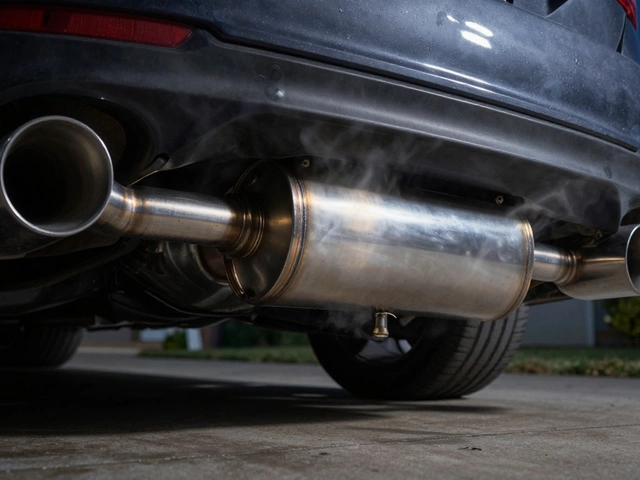Bad Struts Symptoms: Signs Your Car’s Suspension Is Failing
When your struts, a key part of your car’s suspension system that combines a shock absorber and a spring. Also known as suspension struts, it helps keep your tires on the road, smooths out bumps, and keeps your car stable during turns and braking. start to go bad, your ride doesn’t just get bumpy—it gets unsafe. You might not notice right away, but worn struts affect how your car handles, stops, and even how your tires wear down. If you’ve been feeling like your car is floating over bumps or diving forward when you brake, it’s not just your imagination.
Struts work with your shock absorbers, components that control the up-and-down motion of your wheels to dampen vibrations. But when struts wear out, they don’t just stop working—they start causing other problems. Your suspension, the system that connects your wheels to the car’s frame and absorbs road impacts loses its balance. That means your tires don’t stay flat on the road, especially when turning or braking hard. You’ll notice more body roll, longer stopping distances, and steering that feels loose or wobbly. Some people mistake these for brake problems, but it’s often the struts doing the damage.
What to Look For
Bad struts don’t always make noise. Sometimes they just make your car feel wrong. Check for these signs: your car bounces more than once after hitting a bump, the front dips sharply when you brake, or you see uneven wear on your tires—like one side wearing down faster. If your car feels like it’s floating over rough roads, or if you notice oil leaking from the strut body, it’s time to get them checked. You might also hear clunking when going over potholes or speed bumps. These aren’t just annoyances—they’re safety risks. Worn struts can make your car harder to control in emergencies, especially in wet or icy conditions.
The posts below give you real, no-fluff advice on spotting these issues early. You’ll find guides on how to do a simple bounce test at home, what to look for during a tire inspection, and when it’s better to replace struts instead of just repairing them. We’ve pulled together the most common signs drivers miss, how long struts usually last, and what happens if you wait too long. No theory. No guesswork. Just what you need to know to keep your car safe and your wallet from taking a hit.





